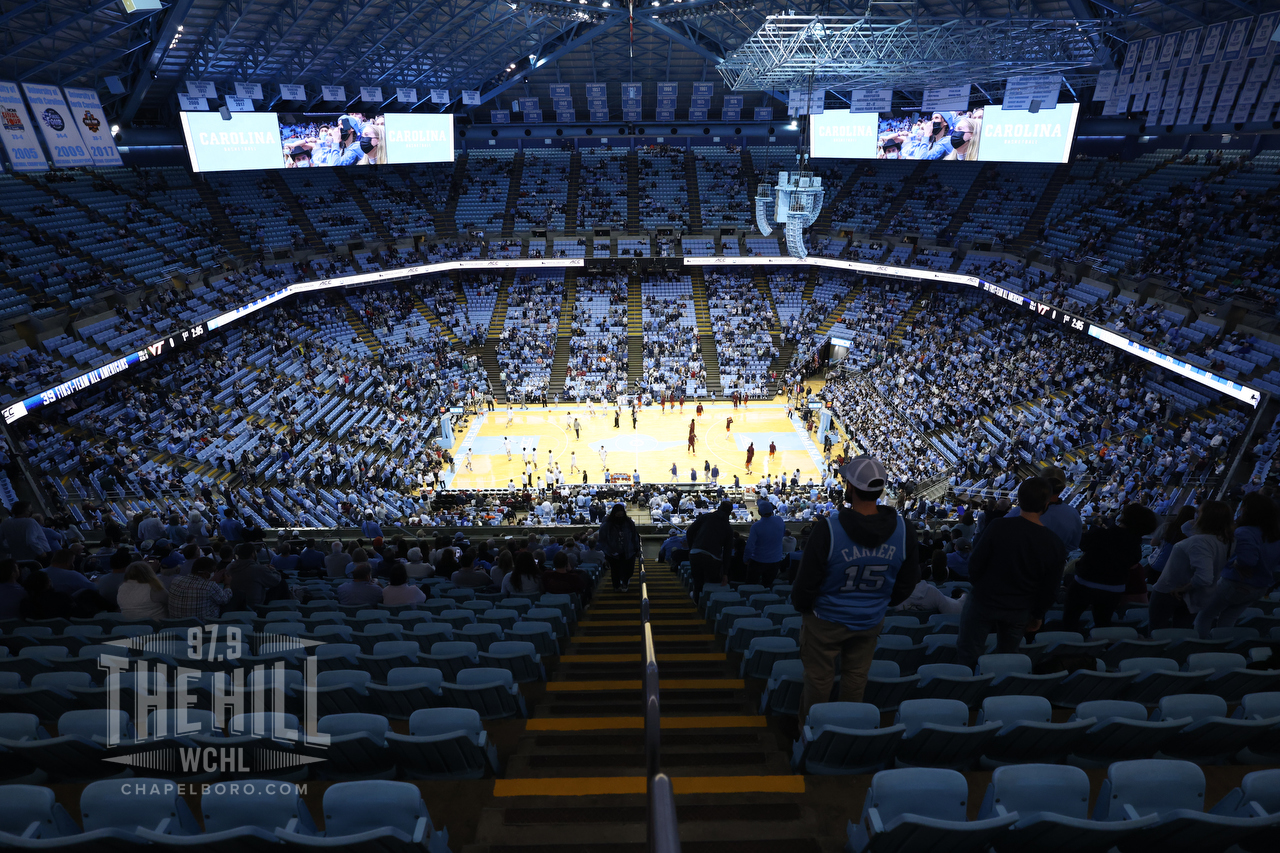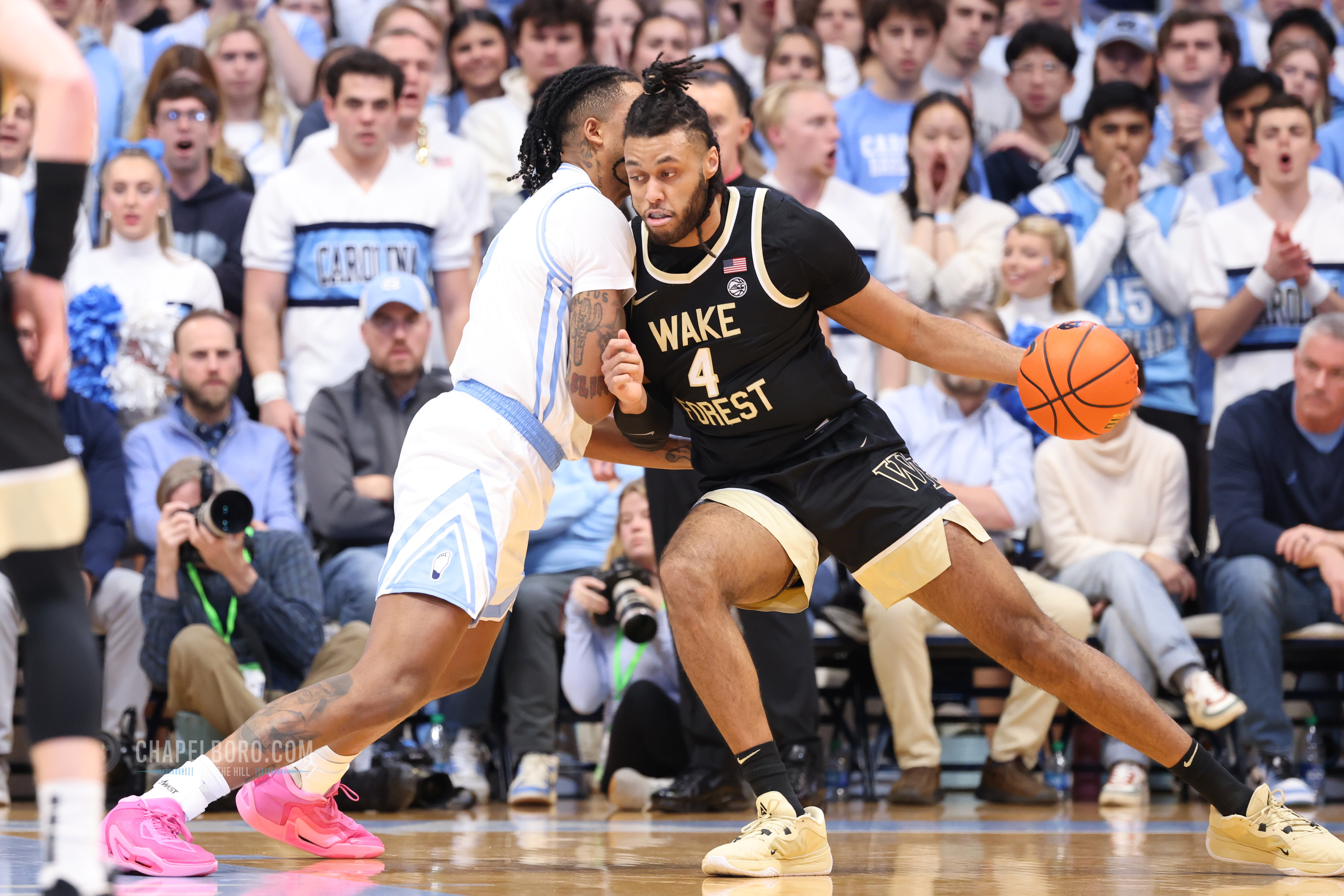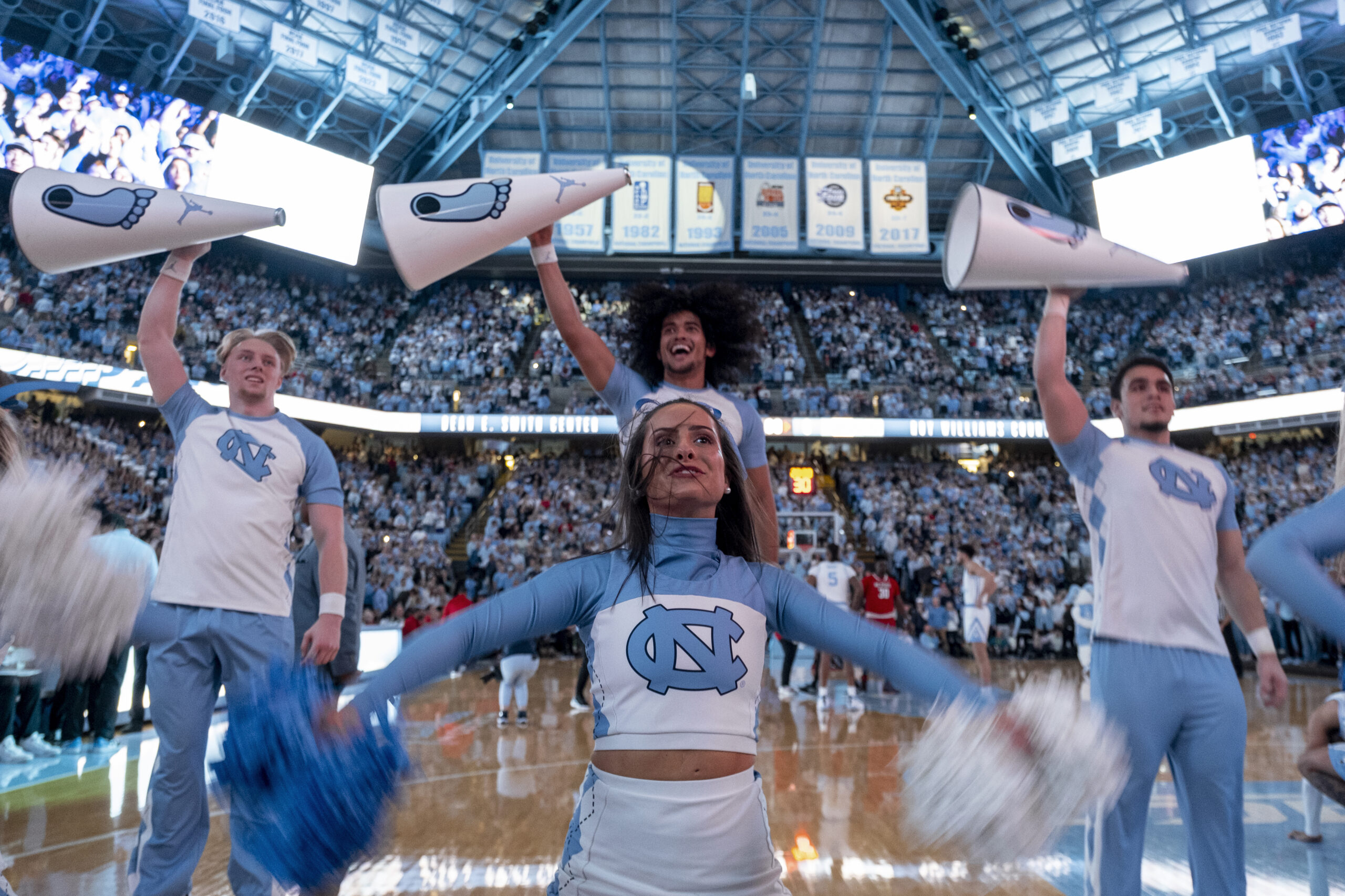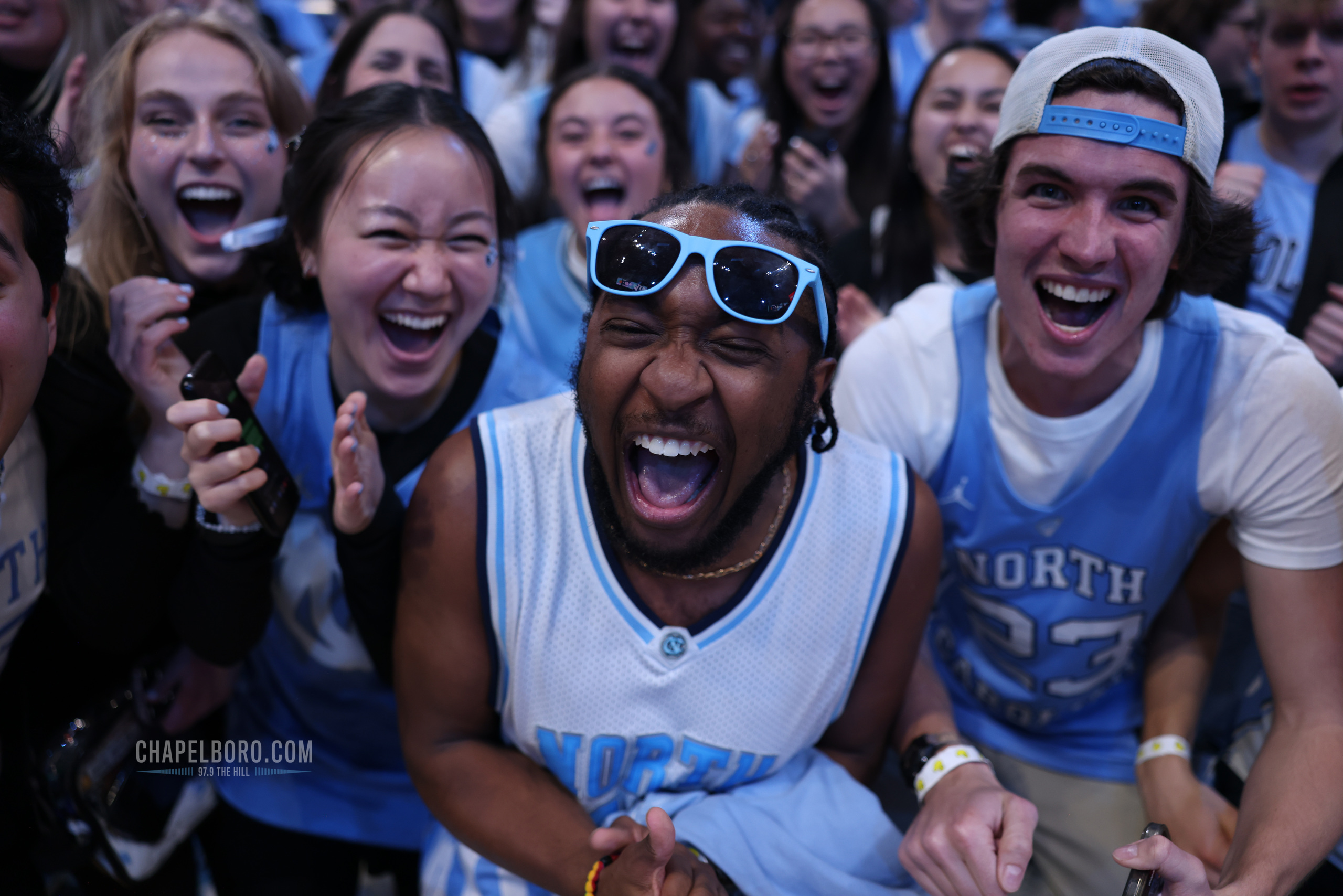
Does anyone mind the longer timeouts in college sports?
Never has an industry been more dominated by TV than college football and basketball. All pro sports, for example, are trying to do something about the length of games.
Baseball has a pitch clock and time limit between innings. The NFL is bullish about making the games last no longer than three hours. Pro basketball has too many timeouts between TV breaks and those called by coaches but is trying to limit both.
Not the college sports of football and basketball, which TV controls from starting times to timeouts that determine length of the games.
If you were in Kenan Stadium Saturday for Carolina’s highly anticipated, agonizingly long defeat by Notre Dame, you know of what I speak. A few years ago, a red sideline digital clock was added to tell fans and teams how much time was left before play resumed.
The Notre Dame-UNC game was moved to ESPN’s parent company ABC, which apparently has a different format for timeouts. Between changes of possession or quarters, the red clock often began at 3 minutes or more. There can be as many as 20 stoppages per game.
Unlike the NFL, when timeouts end the teams are back on the field and ready to run a play, in the college game they are just jogging in from the sideline meetings with coaches. What could coaches possibly talk to their players about for so long?
Hubert Davis, and Roy Williams before him, regularly sent the team back on the floor before the end of a timeout, especially during the NCAA Tournament when the breaks are now 2:30 long. They both acknowledged there wasn’t much more to say to their players.
Students partying at Kenan Stadium and people staying on their phones may not notice the length of these breaks and how long the games take to play. But many fans do, and they are the ones who decide on buying the tickets and making a day of it.
With costs of tickets at UNC approaching $100 and game times approaching four hours, decisions are more and more skewed toward staying home to watch on HD TV for less money and time.
The investment of either is turning some people back toward their couches, having more flexibility of what to do during endless TOs and switching off TVs and excessive ads, if the game isn’t to their liking.
Featured image via UNC Athletic Communications/Jeffrey A. Camarati
Chapelboro.com does not charge subscription fees, and you can directly support our efforts in local journalism here. Want more of what you see on Chapelboro? Let us bring free local news and community information to you by signing up for our biweekly newsletter.
Podcast: Play in new window | Download
Subscribe: RSS











